Getting your child living with eczema comfortable in the new school year:
Sending a child off to a new school year is never easy for either you or them. And inevitably there are always some natural levels of anxiety:
- Do they feel comfortable with their new surroundings?
- How do they like their new teacher?
- How are they getting along with the other kids?
This is especially true for kids living with eczema. Unchecked anxiety can build up very quickly leading to increased levels of stress and stress often leads to eczema flare-ups!
Here are 5 tips to help your child with eczema adapt to the new school year:
TIP #1: Talk to your child about eczema.Help your child explain their eczema issues in easy to understand the language of "what is eczema?" and to share what life is like living with eczema, so they can explain to their peers and sometimes even adults.
- “Eczema is basically an allergy in the skin that starts out as an itch that turns into a rash,” says Jennifer Haley, MD, a dermatologist in Scottsdale, AZ. These red, itchy eczema patches may look contagious, but they’re not. Just like you can’t catch someone else’s hay fever, you can’t catch eczema.
- Boost their confidence. It is important that your child feels comfortable with other people’s curiosity about their eczema and that they understand by openly talking about eczema with others they are helping themselves. They shouldn’t be embarrassed by having eczema.
- Make sure you leave an open pathway for dialog with your child about their eczema and how it might be affecting them in the classroom. An eczema flareup and the urge to itch can make concentrating in class very challenging leading to new uncomfortable situations. Let them know that you are always there to listen to any concerns or complaints they might have.
It is important for the school to know your child has eczema issues. This is not helicopter parenting and there is nothing to be embarrassed about sharing this fact with the school. Eczema affects approximately 1:5 children in the US. Your child’s teacher and the school administration are there to help your child by being supportive and an advocate for your child. It is possible that your child’s eczema will affect their school attendance, classroom alertness, and relationships with other students.
You might be surprised to know that in spite of the fact that eczema is highly prevalent in young children, many adults do not really understand what eczema is or how it affects people living with eczema unless they have had their own firsthand experiences with the chronic skin condition.
- Eczema or (AD – Atopic Dermatitis) is a chronic skin condition that comes in many forms. Skin becomes dry and very itchy and a rash may appear. There will be times when the skin is worse or better.
- It’s not contagious, it is more like an allergy and the skin has a reaction (or flareup) to certain things such as:
- airborne irritants like pollen, smoke, dust mites or air pollution;
- specific types of food like milk, wheat, eggs or nuts;
- Emotional stress or strenuous physical activities.
- Eczema has many sometimes unrecognized side effects like sleep disruption from nightly battles with the itch/scratch cycle or fidgeting in class from the urge to itch that may make concentrating and participating in class more difficult for your child. This could be misunderstood as a behavioral problem or a learning disability. Discuss this with your child’s teacher if it becomes disruptive to their learning abilities there may special accommodations that can be made including enrolling in a 504 plan which is a provision of the Federal Rehabilitation Act of 1973 to help children with these types of learning issues related to moderate to severe Atopic Dermatitis.
Discuss strategies with options for decreasing the chance of and managing an eczema flare-up with your child's school. Share what you have learned are their symptoms and the triggers for your child’s eczema in writing with the school’s faculty including the school nurse. If there are foods to avoid, known substances (soaps, glue, latex, etc.) or physical activities it is helpful and important to alert them.
Also, make sure you teach your child what some of their own eczema triggers are and how to avoid them so they can help themselves. Make sure that they know to talk to their teacher and request to go to the school nurse if they suddenly experience a bad flare-up in during school.
It may be helpful to create a personalized eczema kit with instructions for the school to have ready if needed. Things like an antimicrobial cleanser or Hypochlorous acid spray like SkinSmart-Antimicrobial ® to relieve itching, a safe moisturizing cream like Vaniply®, and Soothems® special eczema itch relief clothing and bandages to help protect the skin and control the urge to itch.
TIP #4: Deal with the emotional symptoms of eczema which can be just as difficult as the physical ones.
We all know that children thrive on acceptance. We also understand that it can be difficult for a child when they feel a little bit different from the other kids. A child with visible eczema may feel embarrassed and lose confidence around classmates. Worse they might also experience bullying. Reassure them that there is nothing wrong with them. Explain about bullies, and how to ignore them as best they can. If you suspect bullying it is also import to discuss this situation with the child’s teachers, so they are aware of the bullying and can hopefully put an end to it.
TIP #5: Show & Tell - Share a book to read in school
Books are a great way of starting a discussion about eczema with both kids who have it and those who don’t. It’s important that the books are engaging. Children love a good story but have very little time for a bad one. If a primary school child has to sit still and listen to a lame story about a character with eczema there’s a risk that they will associate that bad experience with the one child in the class with eczema.
- Search for a Smile in the Moon is a light-hearted adventure story of a kid with eczema and ends with disappearing blue moons that kids think are magic and that can be demonstrated to the class. It was written to be paired with our special MAGIC fade-away fabric prints on Soothems® pajamas. Kids love magic and the magic print reacts to body temperature and the blue moons will fade away before their eyes. This effect can be used to get children to imagine how their skin is healing when wearing them.
- Use our learning guide in the front of the book Search for a Smile in the Moon is written to teach the kids about eczema and improve their reading comprehension and class participation.
- Show & Tell: SPECIAL OFFER – Buy 1 – GET 1 and get a free fabric swatch to send to school to show all the kids how the blue moon fade-away!
We will send you two copies of our storybook Search for a Smile in the Moon for $8.95 including free shipping.
- Keep one copy at home
- Share the other copy to with your classmates
Are you ready for take-off?
Join Scratch and Emojibot as they set out to solve the mystery of the blue moon.
Download a FREE eBook copy of Search for a Smile in the Moon


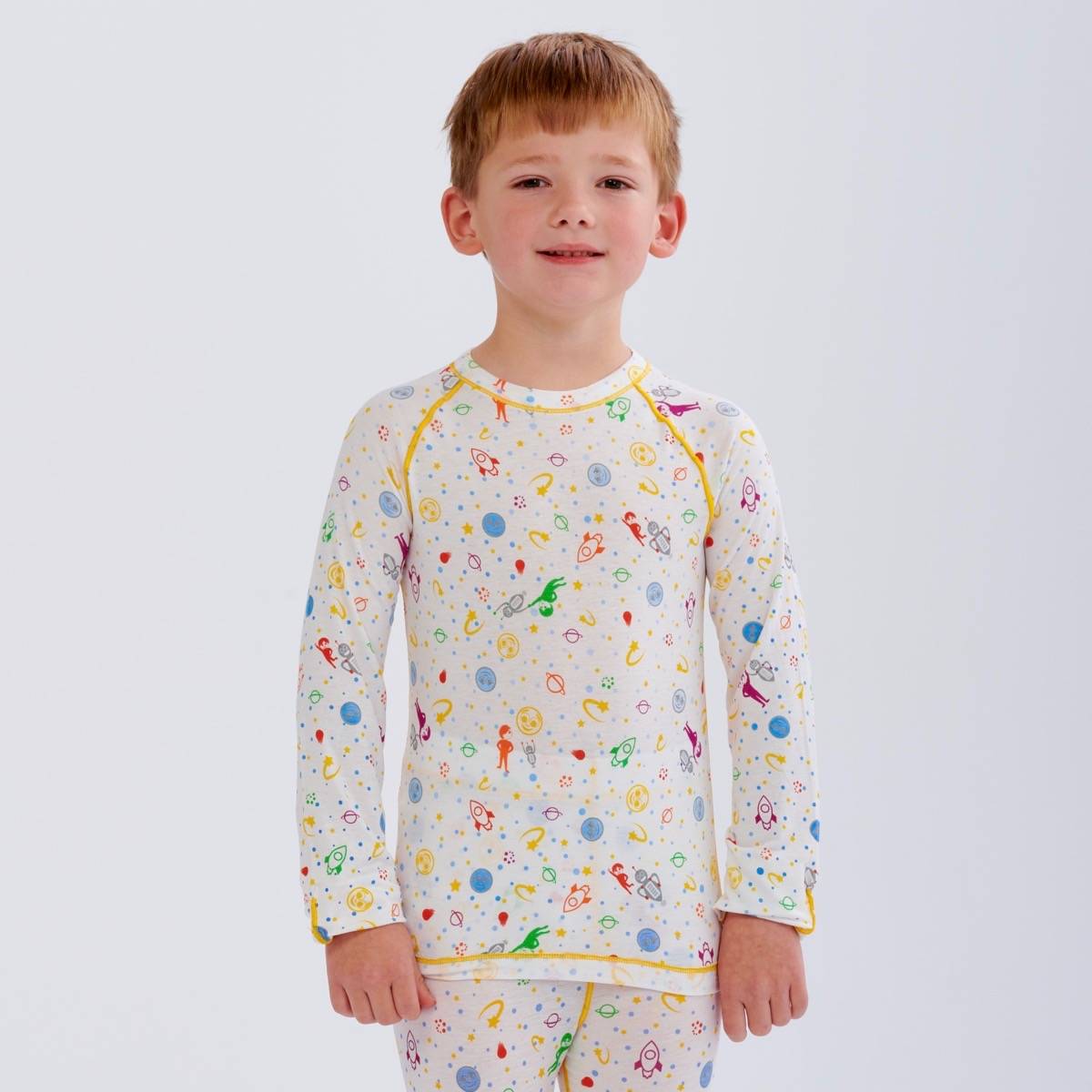
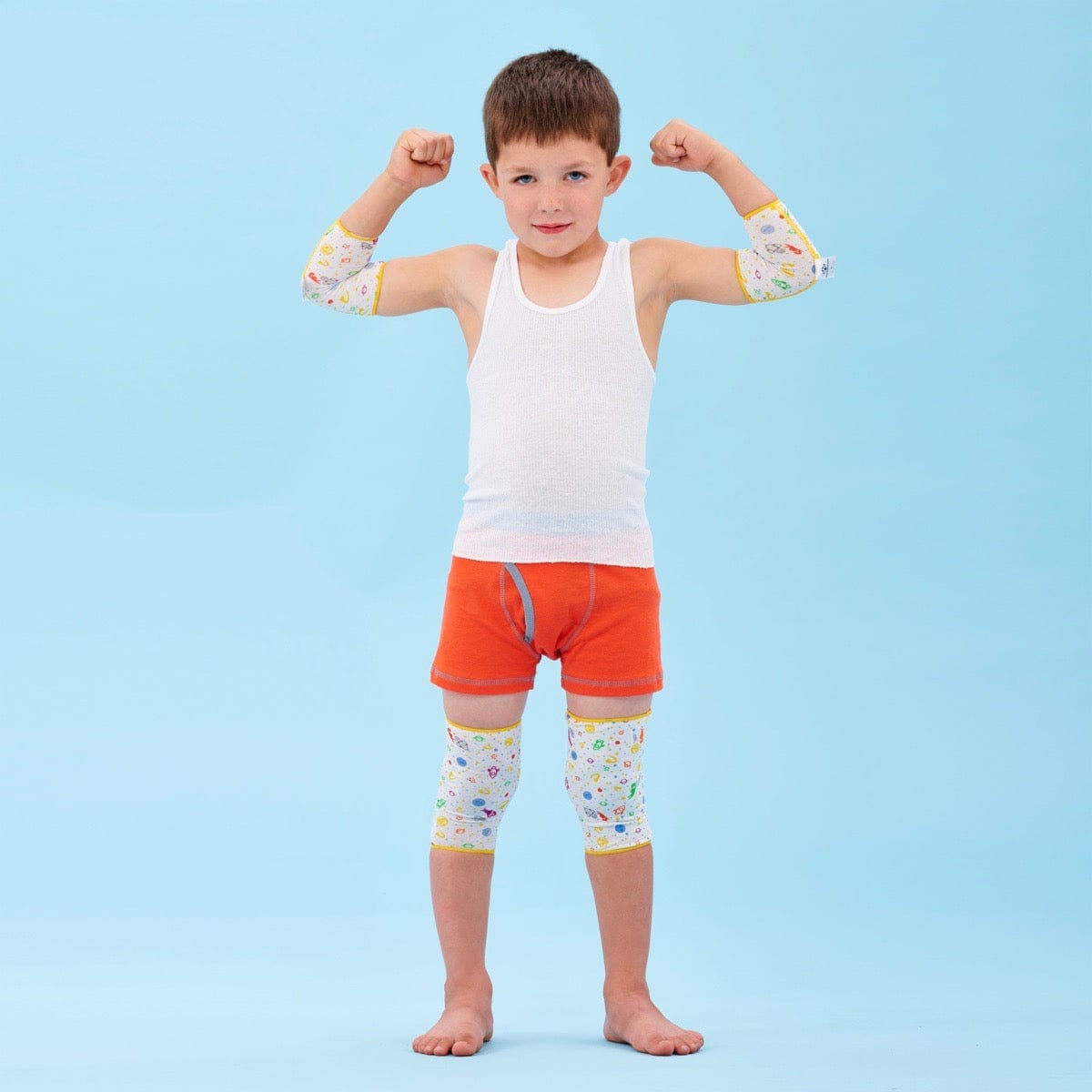
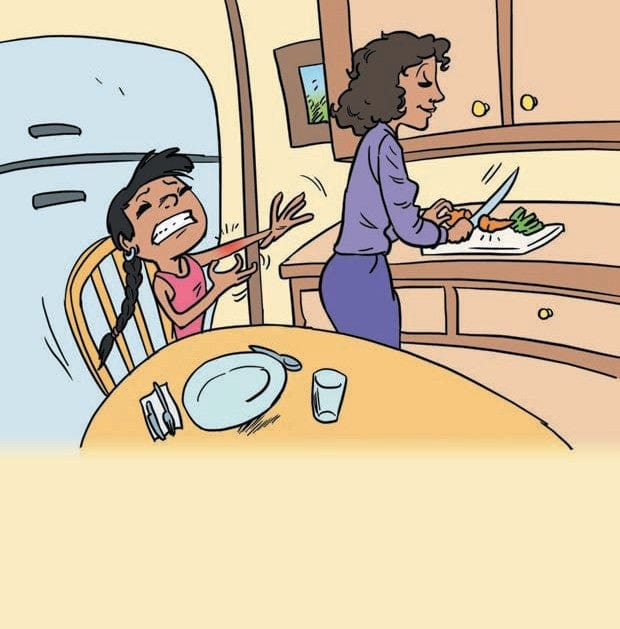

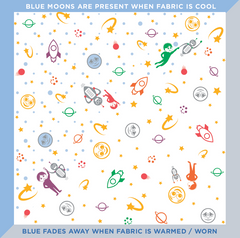
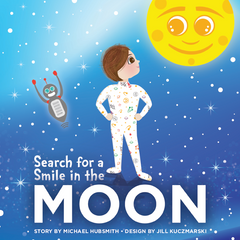
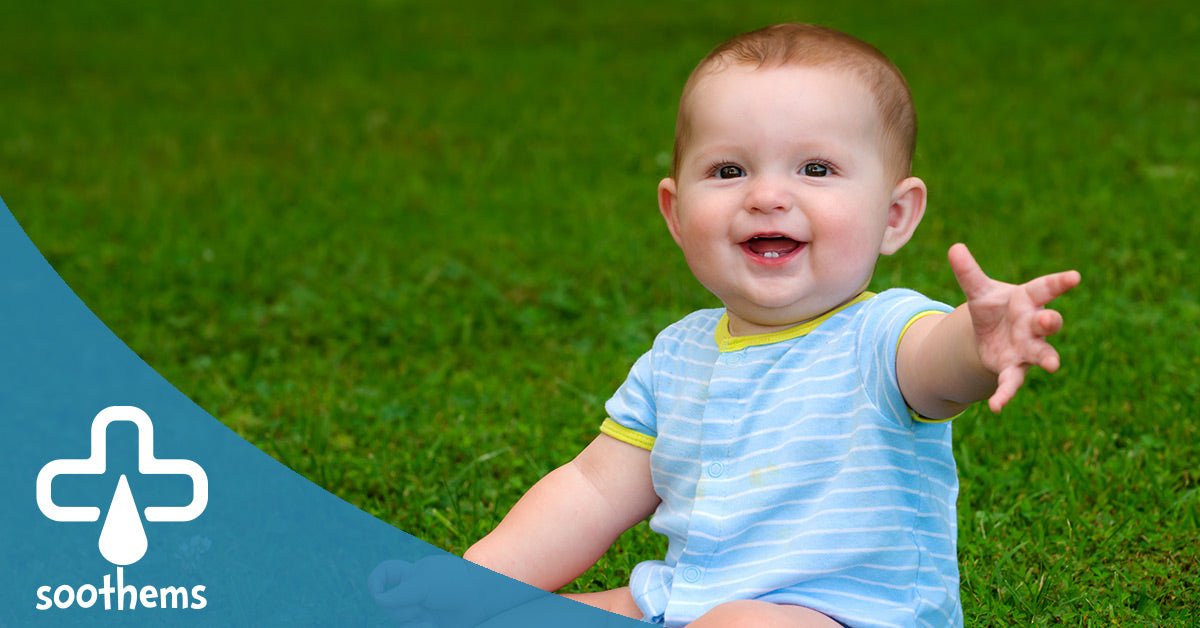
Leave a comment
All comments are moderated before being published.
This site is protected by reCAPTCHA and the Google Privacy Policy and Terms of Service apply.